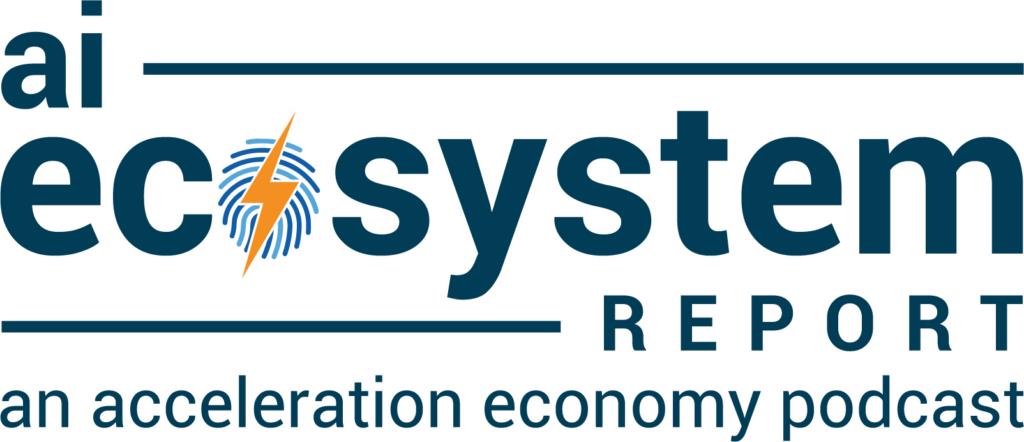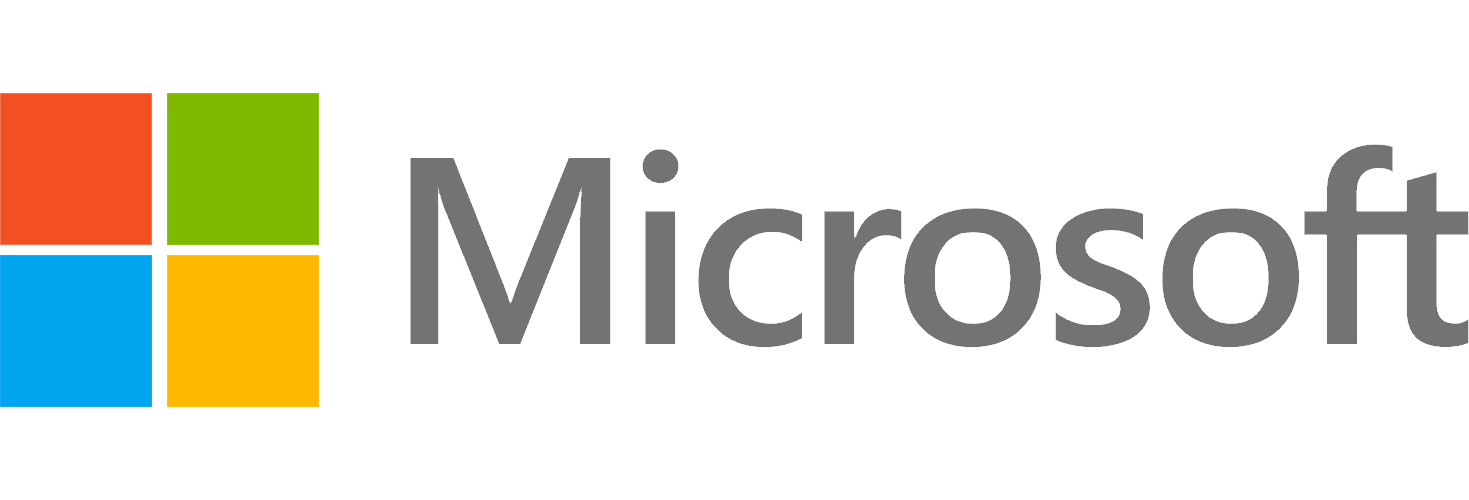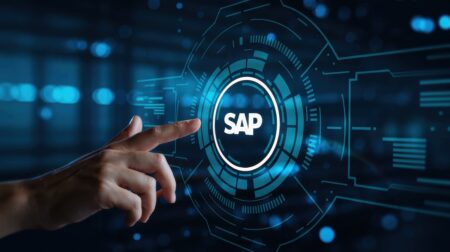In this AI Index Special Report, Toni Witt is joined by Cloud Wars founder Bob Evans. The pair dive into the recent news around Sam Altman, the co-founder and now former CEO of OpenAI.
Highlights
A Timeline Overview (00:56)
Last Friday, Sam Altman was fired from his position as the CEO of OpenAI. The press release was fairly vague and didn’t go into much detail. Following Altman’s release, OpenAI board president and co-founder Greg Brockman also decided to leave OpenAI.
On Monday this week, Microsoft CEO Satya Nadella posted that Altman and Brockman are joining the company to lead a new advanced AI research team, a subsidiary of Microsoft.
With rumors still swirling over the weekend, the OpenAI board placed an interim CEO, Mira Murati, who was the CTO. However, she was replaced within a day by Emmett Shear, former CEO of Amazon streaming service Twitch. Many OpenAI employees are demanding an explanation from the board about the whole situation and threatening to join Microsoft’s team if the board doesn’t resign.
Three Core Observations (03:57)
After evaluating this timeline, Bob highlights three notable points from the recent events:
- The importance of a board: “If this story doesn’t really underscore the need to have a board of directors that actually know what’s going on, I don’t know what does,” Bob emphasizes. For anyone in the formative stages of a company, it’s important to understand that “the board is not just a rubber stamp.”
- Impact on the valuation: Bob questions who on the board will go down as the people responsible for the company’s valuation after this situation. “I don’t know what OpenAI is going to be valued at now,” but it surely won’t “be anywhere close to $80 billion,” he said.
- Microsoft’s Risks: “I thought the biggest risks that Microsoft faced in this whole booming GenAI Revolution was that they had, in some ways, outsourced a lot of what was going on over at OpenAI,” Bob says. Now, “they’ve just brought some of the greatest minds in the world on this stuff inside Microsoft.” Bob suggests that this will be “an extraordinary turbocharge” for them.
OpenAI Employees Make Demands, Might Join Microsoft (06:20)
Microsoft assured that anyone who wanted to leave OpenAI has a spot on the new Microsoft team. Toni notes that Altman must be such a great leader that he’s able to “magnetically attract some of the top talent.”
Many leaders within OpenAI collaborated on the letter to the board demanding that the board resign. Bob quotes the language they used and notes the “combination of professional hurt and indignance and anger” in the letter. “Maybe OpenAI is going to be able to pull something out of a bag of chips to reel these people back in,” he says.
What could OpenAI do to prevent employees from leaving and joining Microsoft? How could this be salvaged? What projects could this new subsidiary be working on? Toni raises how Microsoft will be able to manage this influx of talent potentially joining its internal operations.
Source of the Conflict (11:04)
How did this happen in the first place? Initially, OpenAI started as “something that was purely for the good of humanity, building AI for good,” Toni notes. Responsibility and ethics have been huge parts from the beginning. Then, it started shifting gears when Microsoft began investing, leading to “huge commercial pressure.”
Altman reportedly was trying to push on commercializing some of the models at a pace that stood at odds with his long-standing public opinion on AI needing more safety nets. According to insider sources, Toni says, the board was “trying to slow things down a bit” while Altman was “trying to speed things up.”
Bob promotes that “a board is there not to run the company; the board is there to try to provide some strategic oversight…This will go down as one of the greatest strategic blunders in the history of the technology industry.”











